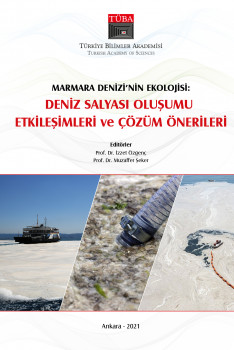Mucilage And Potential Areas of Usage

Mucilage And Potential Areas of Usage
The Sea of Marmara faced a very intense mucilage event in 2021. It is thought that mucilage formation begins with extracellular polysaccharides secreted by some phytoplanktonic organisms. In addition, hot spring and summer months following mild winters; stagnant water conditions and low oxygen levels are suggested to trigger the formation of mucilage, together with the pressure of pollution. The density of mucilage on the sea surface, water column and sediment in the Sea of Marmara affected fishing activities and caused concern among the people. Therefore, with the efforts of state institutions, thousands of cubic meters of mucilage were collected from the Sea of Marmara. The mucilage sample collected from the coasts of Mudanya within the scope of this study has carbohydrates, proteins and lipids in its structure, suggesting that this waste can be converted into a valuable product. In addition, the results of the elemental analysis showed that the mucilage contains C, H, N and S elements in varying proportions. No potential toxic algae or toxicity to human cell lines was observed in the limited number of mucilage samples studied. Desalinated mucilage has the potential to improve soil properties and increase agricultural yields in agriculture.
